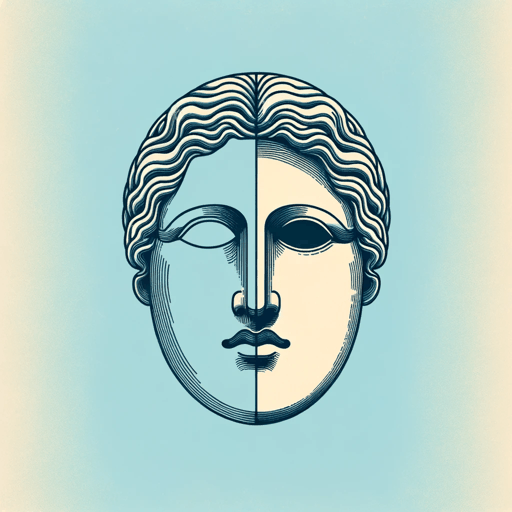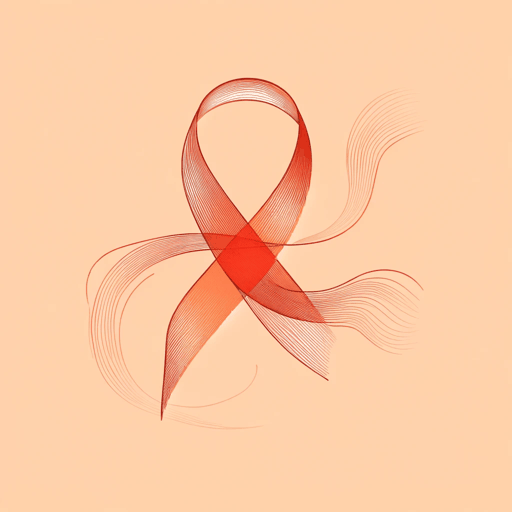32 pages • 1 hour read
Susan SontagRegarding the Pain of Others
Nonfiction | Essay / Speech | Adult | Published in 2003A modern alternative to SparkNotes and CliffsNotes, SuperSummary offers high-quality Study Guides with detailed chapter summaries and analysis of major themes, characters, and more.
Chapters 4-6Chapter Summaries & Analyses
Chapter 4 Summary
Sontag writes that “[t]o catch a death actually happening and embalm it for all time is something only cameras can do,” and that many such photographs are beyond suspicion; but then she shows exactly how and why deaths have been “staged,” from Vietnam (59) to Cambodia (60) to Cuba (by Teddy Roosevelt with his Rough Riders, no less, in the first newsreel of battle (63-4)).Some are made more dramatic and others to suppress the true terror. Both goals are in the name of patriotism.
These points lead Sontag to bring up the first ban on press photography at the front (during World War I) and also censorship—by the military, TV networks, or photographers themselves. That censorship can hinge on good taste when our culture is “saturated with commercial incentives to lower standards of taste” (68) or the rights of relatives of the deceased.
Sontag shows us that this respect for survivors of the dead, or even any compassionate spectator, in looking upon brutal images, is amazingly relative. “The more remote or exotic the place,” she tells us, the more likely we are to have full frontal views of the dead and dying” (70). Victims of famine, genocide, or civil wars in postcolonial Africa get registered in Western photography as par for the course, as anonymous evidence of collective horror to be taken for granted.
Related Titles
By Susan Sontag





